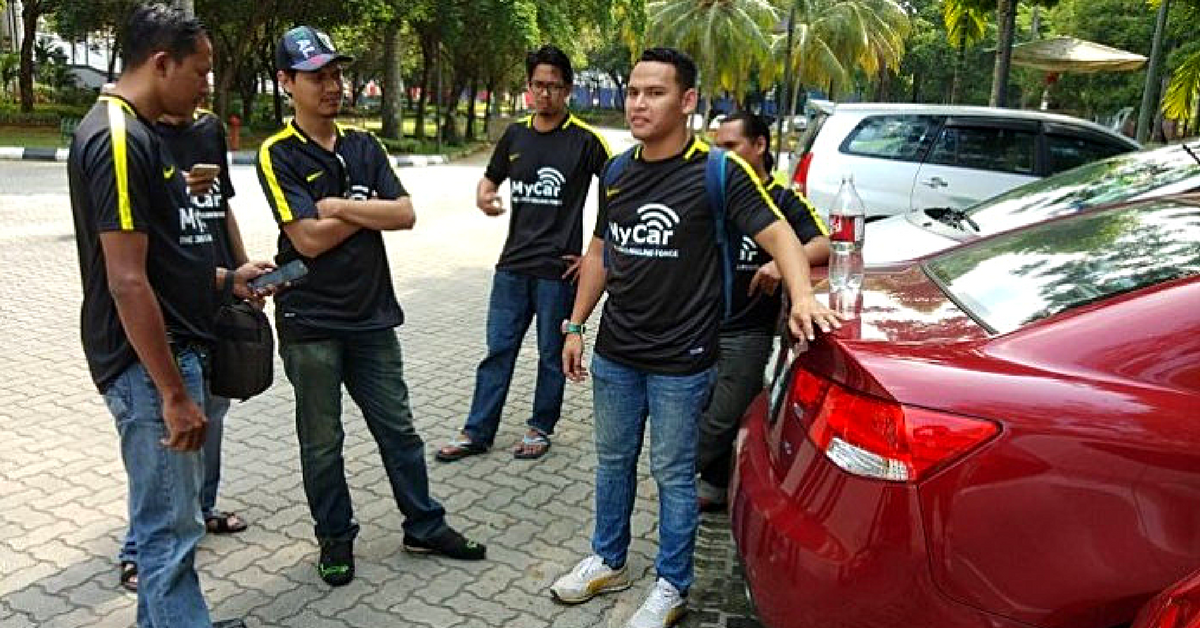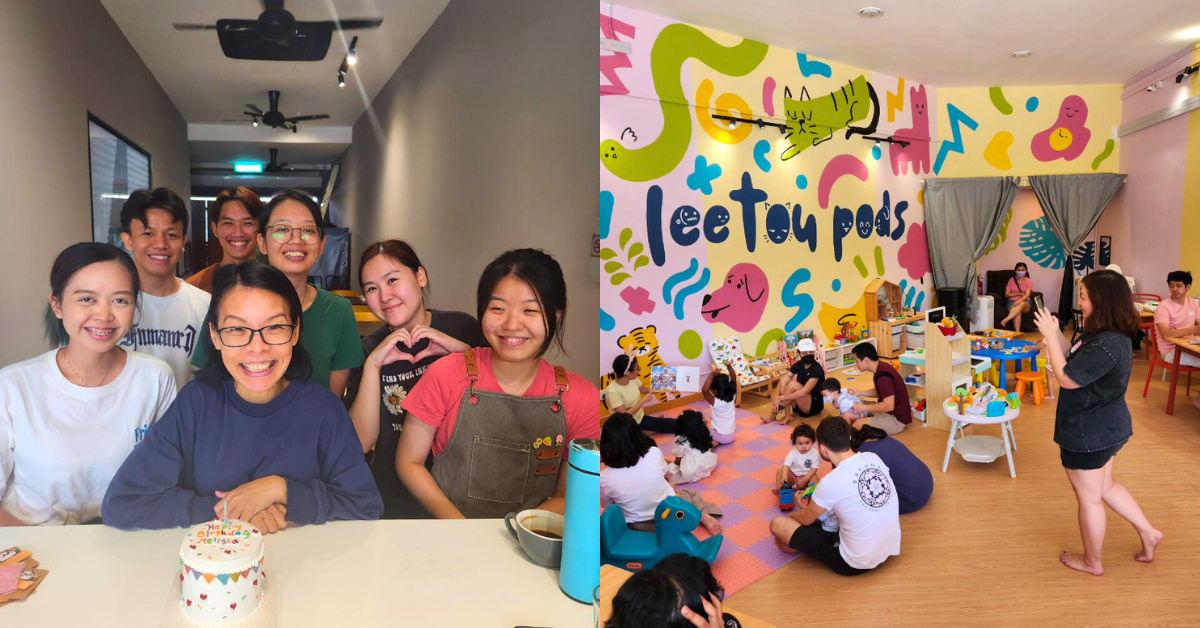Updated on 9/4/2018: We’ve updated this article to include one more ride-hailing option that we’ve noticed.
When the news broke that Grab has acquired Uber in Malaysia, many of us thought the same thing: monopoly.
The general perception was that the competition between Uber and Grab has helped keep prices low for Malaysians. Now that one of Grab’s biggest competitors has joined them to form a mega-ride-hailing corporation, some are of the opinion they’ll pretty much be able to do whatever they want.
On their part, Grab has sent out reassurances that their prices will not change, and the regulatory bodies in Malaysia and Singapore have stated their intentions of keeping a sharp eye on the prices.
However, since the dissolving of Uber as an entity in SEA, there have been some pretty interesting developments too.
Over in Singapore, Go Jek enters the market seemingly right after the merger was confirmed. Carpooling app RYDE also announced its intentions to join the fray.
Here in Malaysia, certain parties are doubling down their recruitment drives for drivers and riders. In Facebook groups, we’e seen other food delivery players approaching UberEATS riders in a bid to hire them for their platforms.
Meanwhile, other existing players in Malaysia are rising to fill the gap. Here are some we spotted.
1. MyCar

Since the merger, we have seen MyCar pump up its marketing for riders.
As for drivers though, they have little to worry about as their registration counters were flooded with almost 2,000 Uber drivers all over Malaysia.
Following the demand, MyCar has opened registration counters in their headquarters in Setia Alam to help drivers register even up until 11 pm.
Based on this fact alone, it does seem possible that MyCar could grow to be a strong contender for Grab. It even brands itself as “the 3rd e-hailing force” in Malaysia.
MyCar was clearly modeled similar to Uber and Grab. Users can track where their drivers are, message them while they are en-route and can choose to pay using either cash or card.
For now, the selling points as listed on the website includes:
- Fixed prices
- No surcharge for traffic
The website does also list out its fare rates, and a cursory glance of the reviews indicates that its fares can run either cheaper or more expensive than Grab.
As it is younger than its competitor, it is clear that this company has some kinks to work out in terms of user interface, but that is the usual story of all tech companies.
MyCar is available on Android and iOS.
2. JomRides

JomRides is another Malaysian startup that renewed its recruiting interest with vigour following the merger, but this time towards the drivers.
This makes sense, as the reviews have said that the platform needs to recruit more drivers before it can stand as serious competition. Some riders have also complained that they cannot see the fares before booking, and we’ve also confirmed their concerns by trying out the app.
But we have also seen the outpouring of support recently from many Malaysians who are actively exploring options.
Similar to MyCar, I think for now it is still too early to make declarations on whether this app will sink or swim, but they definitely have high aspirations in mind.
JomRides is available on Android and iOS.
3. MULA

Just based on UI and reviews left by consumers, MULA seems to be the most promising option for customers. The tradeoff is that the prices are a tad higher compared to what we’re used to.
This is because MULA actually started out as a driver service with a user-friendly app, rather than a direct ride-hailing service. But since their launch, MULA has introduced a ride-hailing option into its system—which means they are allowing drivers with their own vehicles to join as well.
This also means that unlike other ride-hailing services, MULA has a unique offering of MULA-owned vehicles offered alongside its ride-hailing services. They’re straddling the line between taxi and ride-hailing, and if they are able to grow bigger, might offer the diversity we need in the current ecosystem.
MULA is available on Android and iOS.
4. Dacsee

A few things stood out about Dacsee when they launched in Malaysia.
One is that they brand themselves as a decentralised ride-hailing platform, as all of their rides are on the blockchain. They came into the market specifically to combatissue of what an unsustainable bubble ride-hailing is. Investments go directly into subsidising ride fares, for example.
They want drivers to be able to form their own fleets and own the network of customers they would create too.
As for rider safety and any concerns of rates, Dacsee does not have someone overseeing the whole operation. Instead, the ecosystem is intended to moderate itself though the blockchain.
If someone books a ride, all of the drivers within the vicinity are aware of the trip, and all the use of the app is done using Dacsee tokens, which are built on the Ethereum system. This means that all of the transactions are out in the open for everyone to see.
They’re also only charging (at most) a 2% commission fee, as opposed to the approximately 20% commission fee typically charged by ride-hailing services.
The downside though? Currently we can’t figure out where to download the app, or if it is even usable yet in Malaysia.
We have however figured out how to register as drivers here (full disclosure, this is my referral link).
5. Riding Pink

Riding Pink is more niche than the rest, but nevertheless, it is a ride-hailing platform, and it is offering a service for almost exactly half of Malaysians in Klang Valley.
Unlike other ride-hailing services, Riding Pink’s riders and drivers are all women, which was designed to both give more women opportunities for flexible employment, and for female riders who may have concerns about safety in a ride-hailing vehicle.
For now, Riding Pink hasn’t launched their mobile app, though it is in the works as a beta. Instead, they offer these services with focus on pre-bookings, customised rides and recurring rides.
To ride with Riding Pink, you can register here.
6. DIFF
In terms of their interface, we feel they appear quite polished and relatively straightforward.
The platform also offers an option for online banking to supplement the usual card payments.
One downside though, is again, the lack of drivers on the platform, that was mentioned several times in the reviews.
Currently, DIFF is only available in Klang Valley, with rates that, in our opinion, is comparable to that of Grab (without considering surges).
To ride with DIFF, you can download the Android app here.
###
One conclusion that we can arrive at from our cursory glance though today’s ecosystem in Malaysia is that there are potential platforms ready to rise and take on that much-valued competitor status within the nation.
But they also have a long way to go before they can achieve a minimal viable system that could actually turn it into a rival.
Another heartening observation is that there are clear signs of the ecosystem trying to right itself in the face of the monopoly. Many of the comments and reviews left on these new ride-hailing platforms were left fairly recently, seemingly following the news of the Grab/Uber merger.
This also means that Grab can’t be complacent. As Uber has learned, if organised well, a homegrown and localised brand might just be able overtake your international operation if given the opportunity.
Feature Image Credit: Hafiz Rahim










